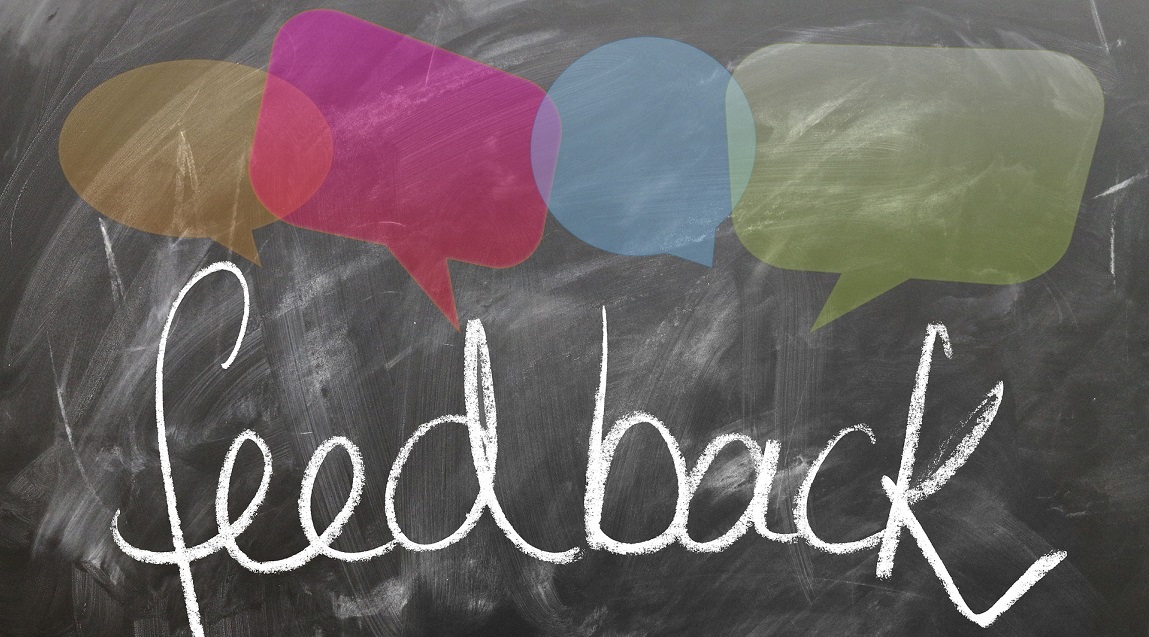The Essential Milestones to Influential Marketing Messages and Company Story
Grabbing potential customers’ attention and connecting with them on an emotional level drive your conversion and sales. Easier said than done. Customers are flooded and have a very limited attention span. The most effective way to rise above the noise is to tell them how you can solve their problem and make them realize the value you bring them. And you have only few seconds to do so before they are on to the next thing.
And that’s not all…. Once you’ve attracted customers attention they need to understand why they should trust you, and why they should choose to do business with your over other options they may have.
It’s not easy to encapsulate all the above into a short and persuasive pitch. That’s what marketing messages process is all about. These 6 essential milestones will guide you on your way to influential messaging and marketing story.
1. Establish the Messaging Goal

As marketing messages focuses your attention on values instead of features, it is important to first identify who is the target audience of the messages. The values for investors may vary from the values to a channel or a customer. You’ll need to put yourself in the shoes of every target audience in order to evoke emotions and connect with it.
2. Determine the Required Message Types

Once you’ve established your target audience, you’ll need to determine what type of message they’ll need to hear in order to take a desirable action.
- Market messages – Semi-objective statements on the market, highlighting special issues that the company wishes to promote, raising market awareness or clarifying ambiguous market terms. Market messages may deal with market conditions, the regulatory climate, the technologies or applications and their advantages to the targeted audience. They set the grounds for need to you product.
- Company messages – Statements stressing company strengths and assets beyond the specific product or service it sells. A company message may focus on assets like the brand, patents, awards, technology, customers, partners, unique human resources, exceptional customer service etc. The goal is to establish trust and make your audience feel comfortable to do business with you.
- Technology messages – Statements that deals with the uniqueness of the proposed technology, the innovation behind it, its benefits and value to the customer. Don’t get too technical! Technology messages may be useful for investors but may be distracting and confusing to your end customers.
- Product messages – Statements describing how you’re solving customers’ problem and what value/benefit you bring them. Keep it simple and brief while using a language/ jargon that your target customers understand! Product massages should also refer to competitor differentiation.
- Application / segment messages – Statements regarding a specific application profile or a market segment. During strategy or messaging process it often becomes clear that further segmentation or specific application will help you better target specific groups of customers. For example: specific geographies may have different needs that need to be tackled differently in your messaging.
3. Research

The research phase involves internal discussions with company executives as well as Internet surveying, that includes the market, the company, competitors, products and customers. Key issues for research, study and discussion typically include:
- SWOT (Strengths, Weaknesses, Opportunities, and Threats) analysis
- Market segmentation – geographies, financial, business type etc.
- Customer pains and perceptions
- Identifying the buying personas
- The sale process, channels and buyer profiles
- Product differentiation
- Competition and alternative solutions
- Company objectives, assets, marketing targets, etc.
Create a master document with all accumulated data and insights.
4. Compile and Crystallize

The research phase clarifies the company’s positioning, differentiation and priorities. Following this analysis, specific marketing messages are formulated based on the required message types. Remember, be brief and focused and do not exceed 3-4 messages (per message type). It just too much to grasp…It is important to back up each message with solid proof points to validate your claims.Create a COMPANY INTERNAL presentation.
5. Get Feedback

The marketing messages are now ready to be presented to the management. Take the time to discuss each message in order to get feedback and comments. Surely, you’ll get many of them…
Revise the messages and adjust it based on the forum feedbacks. It may take few rounds until there is an overall agreement.
6. Assimilate and Align

The approved messaging document will form the foundation of all marketing deliverables and sales pitch, enabling consistency throughout collaterals, events, channels, and organizational departments. In order to make it happen you need to educate all marketing and customer facing personnel. Make sure messaging is presented and distributed throughout your organization, until everyone is delivering the right messages to the right people.
Keep in mind that the messaging presentation is INTERNAL and should not be presented as is to customers. Rather it should help you build more influential collaterals and sales pitch.
Need assistance ? Drop me a line …